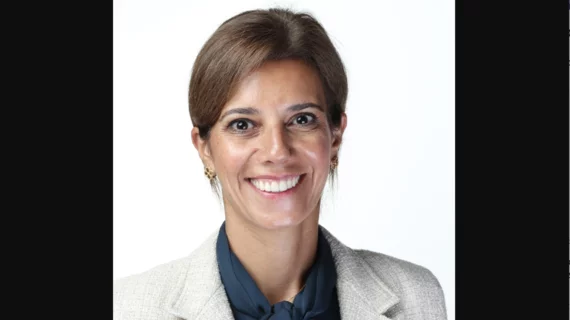PCI benefits patients with stable chest pain, late-breaking data confirm
Percutaneous coronary intervention (PCI) is associated with key benefits for patients with stable ischemic heart disease, according to new late-breaking data presented at the American Heart Association’s Scientific Sessions 2023 meeting in Philadelphia. The full study was simultaneously published in The New England Journal of Medicine.[1]
The ORBITA-2 clinical trial evaluated 301 patients presenting with stable angina who were randomized to either undergo PCI or a sham procedure. The patients were then followed for 12 weeks.
The mean patient age was 64 years old. While 72% also presented with high cholesterol, 63% presented with hypertension and another 28% presented with type 2 diabetes. The median target vessel fraction flow reserve was 0.63 and the median target vessel instantaneous wave-free ratio was 0.78. After 12 weeks, the mean angina symptom score—a metric determined by how much chest pain patients felt and how much medication they required to address any symptoms—was 2.9 for PCI patients and 5.6 for patients in the placebo group. Acute myocardial infarctions were seen in four PCI patients and six patients in the placebo group.
Patients with stable angina, also commonly referred to as stable chest pain, typically start with medication, but that does not always relieve their symptoms. These results from ORBITA-2 represent the first time a placebo-controlled trial has confirmed PCI is a safe, beneficial treatment option for patients with stable angina. The original ORBITA trial, focused on PCI for chest pain, was published in 2017. Its results indicated PCI was feasible for these patients, but not necessarily associated with improved exercise tolerance than a sham procedure.
“We expected that PCI would be more effective than a placebo procedure in patients taking little or no chest pain medication, and indeed, the results proved our hypothesis was correct,” corresponding author Rasha Al-Lamee, MBBS, PhD, a cardiologist with the National Heart and Lung Institute in London, said in a statement. “Going forward, patients and medical teams have a choice of two pathways for chest pain relief: chest pain medication or PCI.”
One key takeaway from the late-breaking data was that PCI did improve the exercise capacity of patients—but not necessarily as much as cardiologists may expect when considering the procedure. Also, a significant number of patients still experienced some amount of chest pain following PCI.
“Although PCI is neither risk-free nor cost-free, its use as an upfront procedure can now be considered evidence-based,” Al-Lamee added.
Click here to read the full analysis in The New England Journal of Medicine.
Interventional cardiologists respond to the ORBITA-2 data
The Society for Cardiovascular Angiography and Interventions (SCAI) issued a prepared statement once the ORBITA-2 results had been announced, saying it was a “well-designed” trial despite relatively low enrollment. The group also emphasized that these results served as a reminder that shared decision-making is a key aspect of patient care.
“SCAI recommends the use of PCI for symptom relief in appropriate patients,” SCAI President George D. Dangas, MD, PhD said in the statement, “ORBITA-2 confirms the benefit of PCI in helping stable ischemic heart disease patients, consistent with other prior trials.”

